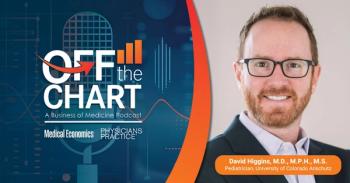
Healthcare data breaches decline, but ACA could be increasing risks
Healthcare organizations are getting better at protecting patient data, but employee errors and negligence still are significant challenges.
The number of
Those were among the findings of the fourth annual
Ninety percent of healthcare organizations in the study reported having had at least one data breach during the previous two years, with 38% reporting five or more breaches, compared with 45% who had reported five or more in last year’s report. “This, coupled with an increase in organizations’ level of confidence in data breach detections suggests that modest improvements have been made in reducing threats to patient data,” the report says.
Slightly more than two-thirds of responding organizations (69%) felt that provisions of the ACA have the effect of increasing or significantly increasing risks to patient privacy and security. The main reasons for concern include insecure exchange of patient information between healthcare providers and government organizations, lack of security of the databases containing patient information, and patient registering for healthcare over insecure websites.
Next: Can business associates detect and act on data breaches?
The financial impact of data breaches in the study ranged from less than $10,000 to more than $1 million over a two-year period. Based on the ranges reported in the study, its authors calculated the average impact to be $1.97 million. That represents a decrease of $400,000, or about 17%, compared with the previous year.
The most common reason given for a data breach (49%) was a lost or stolen computing device. That was followed by “unintentional employee action” (46%), “third-party snafu” (41%), “criminal attack” (40%), “technical systems glitch,” (32%), “malicious insider (12%), and “intentional non-malicious employee action (8%). (Respondents were permitted more than one choice.)
Newsletter
Stay informed and empowered with Medical Economics enewsletter, delivering expert insights, financial strategies, practice management tips and technology trends — tailored for today’s physicians.








